Documents on Transitional Spaces
The General Story of the Longtangs(Alleys) that We See Today
Most of the buildings in the Longtangs were built during the 1920-40s, when the area is under French occupation. There will be merchants or rich people in general living in these buildings, just like the western world. They would live in the whole building, which may be a nice three story house. However, after the Communist Party took power in 1949, land ownership were retracted from indivuals. However, those merchants or corperate bosses would still live in those houses until the Cultural Revolution. During the notorious revolution, there would be red guards whom would not only search peoples houses to find and burn anything that represented captialist thought then denouce or publicly humiliate you but also would force these people to give-up a large proportion or the entirety their houses to the government. The state would then split them up into small rooms and redistribute these to peasants. These rooms were really small, around 7-15 square meters on average. In these rooms would live up to 7-8 people. Since these houses were designed only to capacitate a single household, the kitchens and bathrooms became commual, usually shared by several households. This led to the creation of several words that describe the locations in these houses. For example, Tingzi Jian(亭子间) would be the small room directly above the Zaopi Jian(灶披间) between the first and the second floor. Some of these building have become historical heritage sites, while others were torn down for commercial centres.
Scanning Area
The transitional spaces presented in the work Transitional Spaces were from modern day Huangpu District. Shown in the map below.
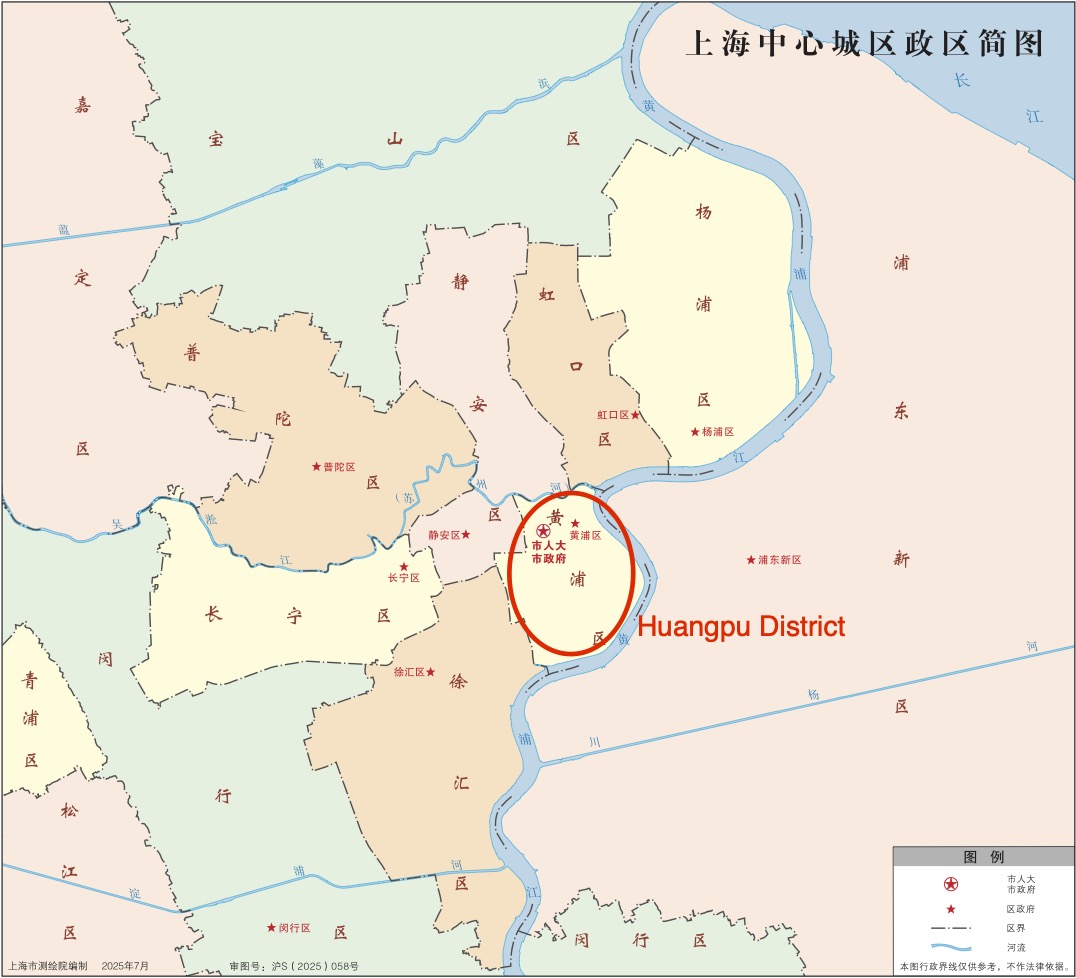
Just for context, for a long time in the late 20th century after the establishment of the PR China, the current Huangpu district is the merge of Nanshi(南市), Luwan(卢湾), and the orginal Huangpu for development purposes. Shown in the map below.
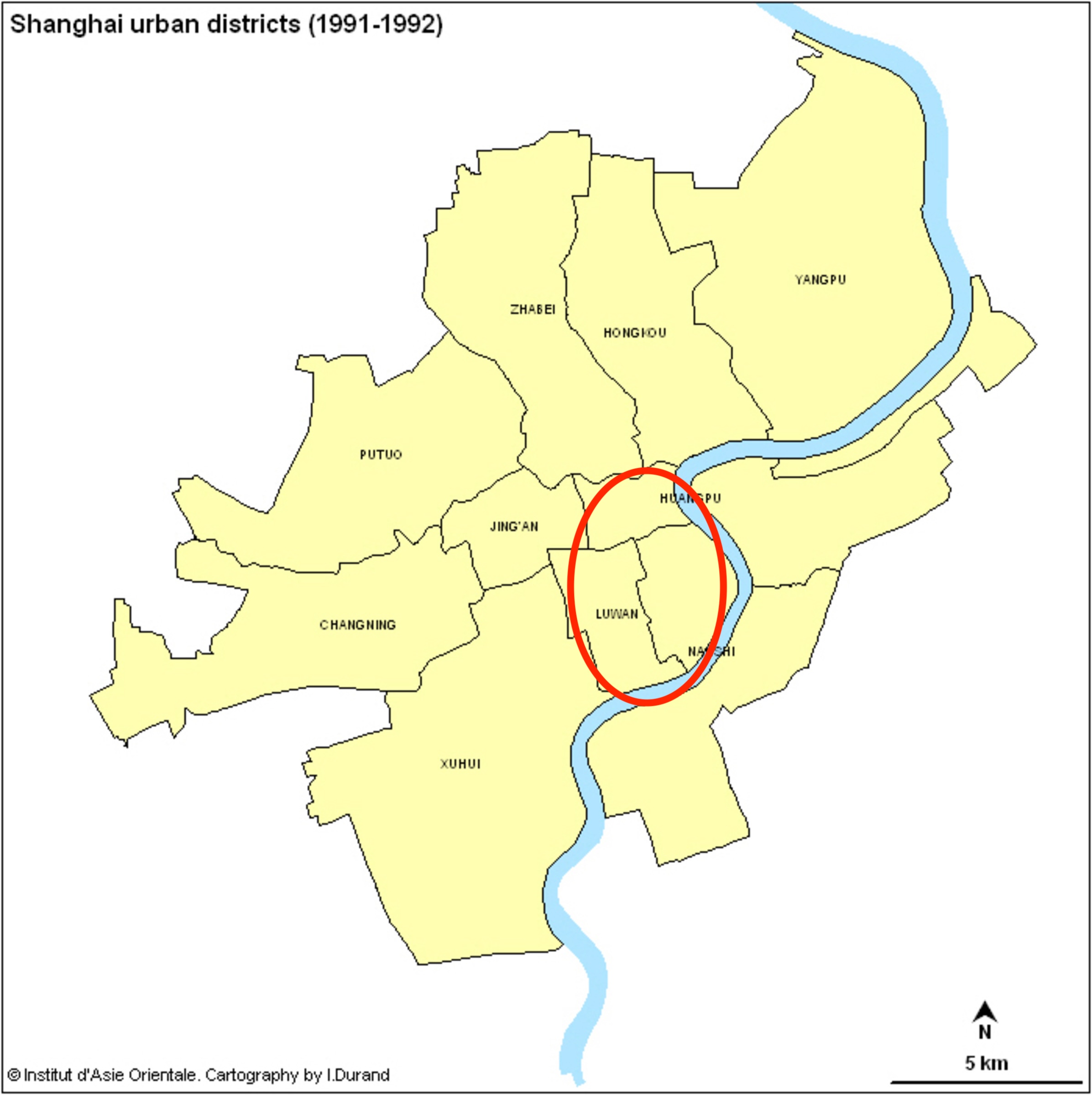
This area, before Communist China, is the French concession, for the most part. Shown in the map below.
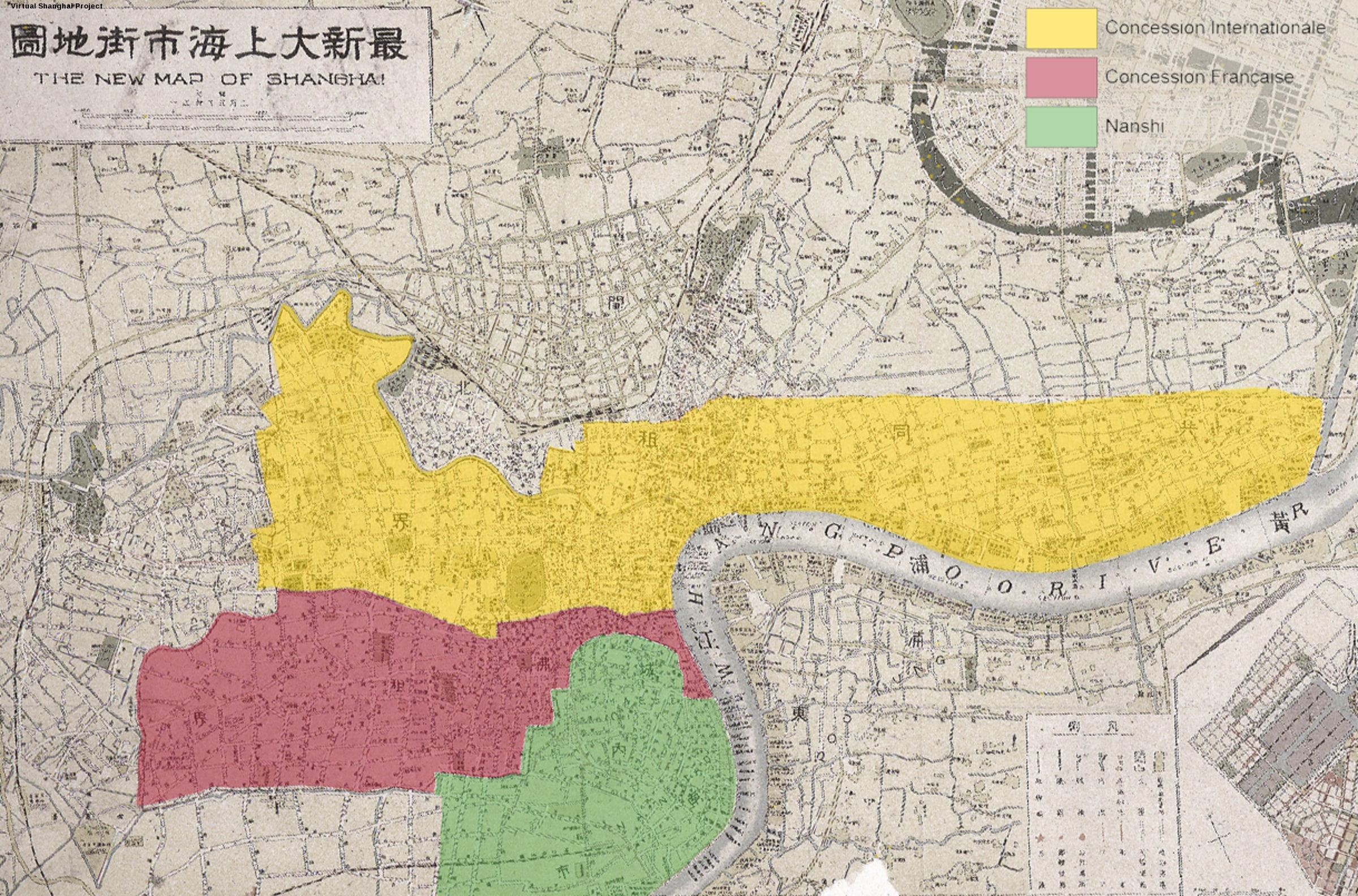
Place 1. The First Oil and Sauce Store of Luwan District
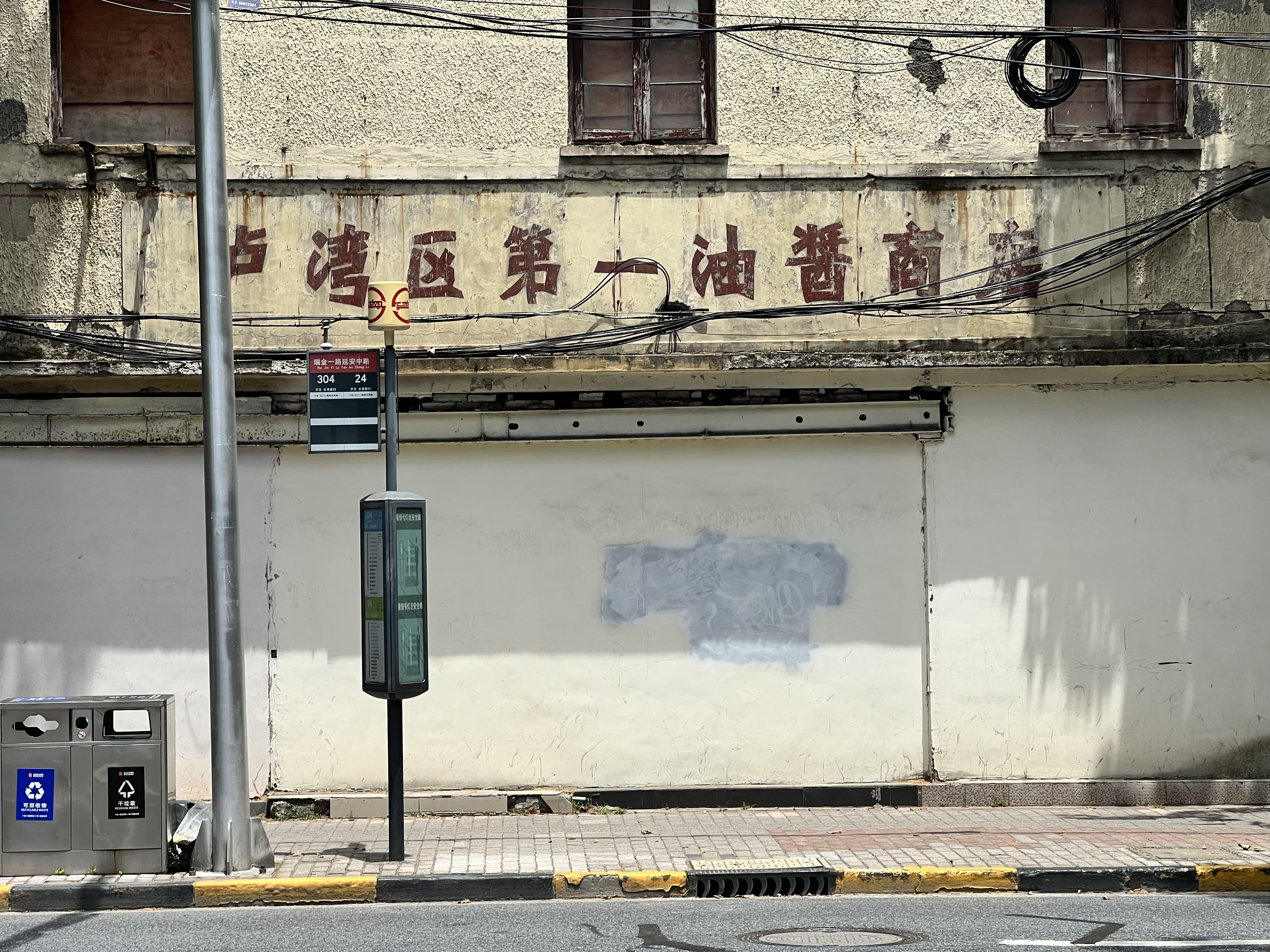

P318, Shanghai Street Directory, 1947, The Free Trading Co. Ltd.
The specific history of the store is nowhere to be found. However, we may have a glance of what the same place was back in 1947: “萬振源醬園” (Wanzhenyuan Sauce Garden). A "酱园" (Sauce Garden) typically refers to a place where sauces, such as soy sauce or other fermented products, are produced or sold. My hypothesis is that after the Communist Party took power in 1949, this place was nationalized into The First Oil and Sauce Store of Luwan District. The site is loacted on Chung-cheng Road Southern. I, or Route des Soeurs, as it is one of an important road spanning fron North to South throughout the Concession française de Changhaï. The road is now called Ruijin Road (No.1).
Place 2. Gaofu Li
- Gaofu Li West Entrance
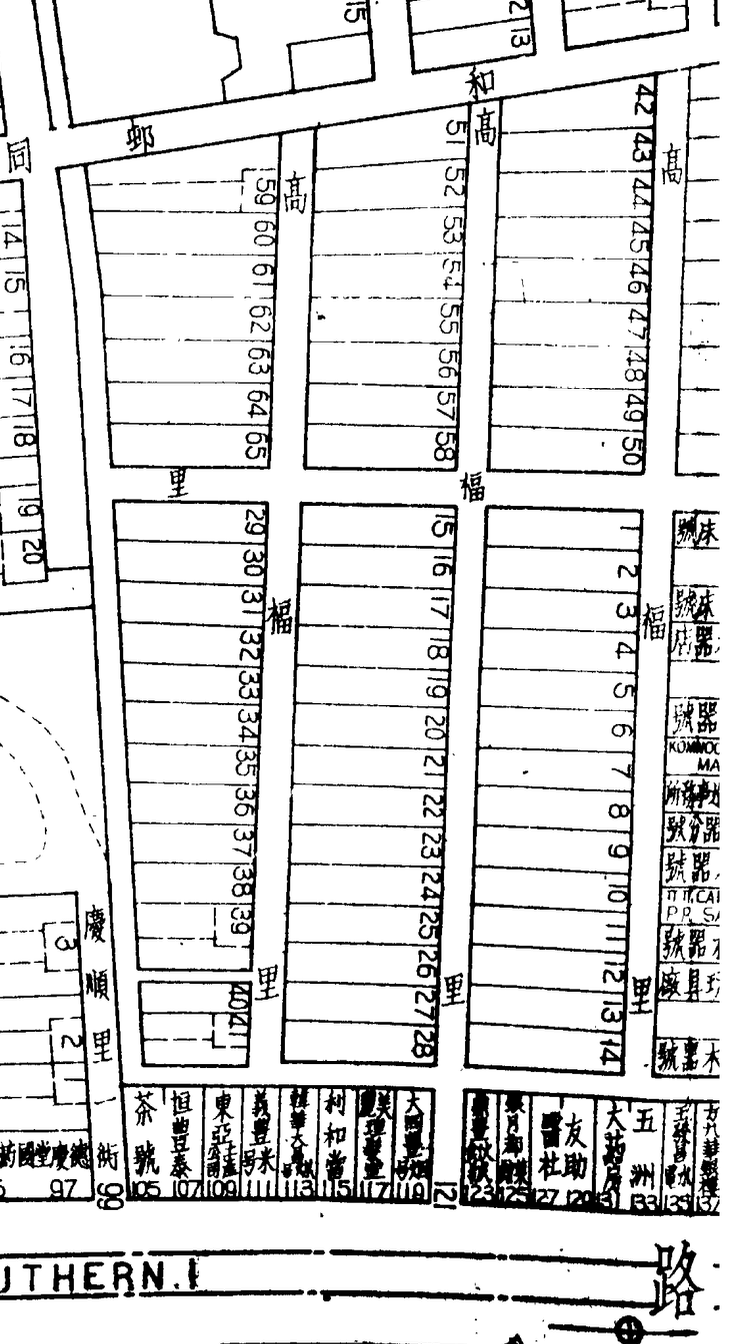
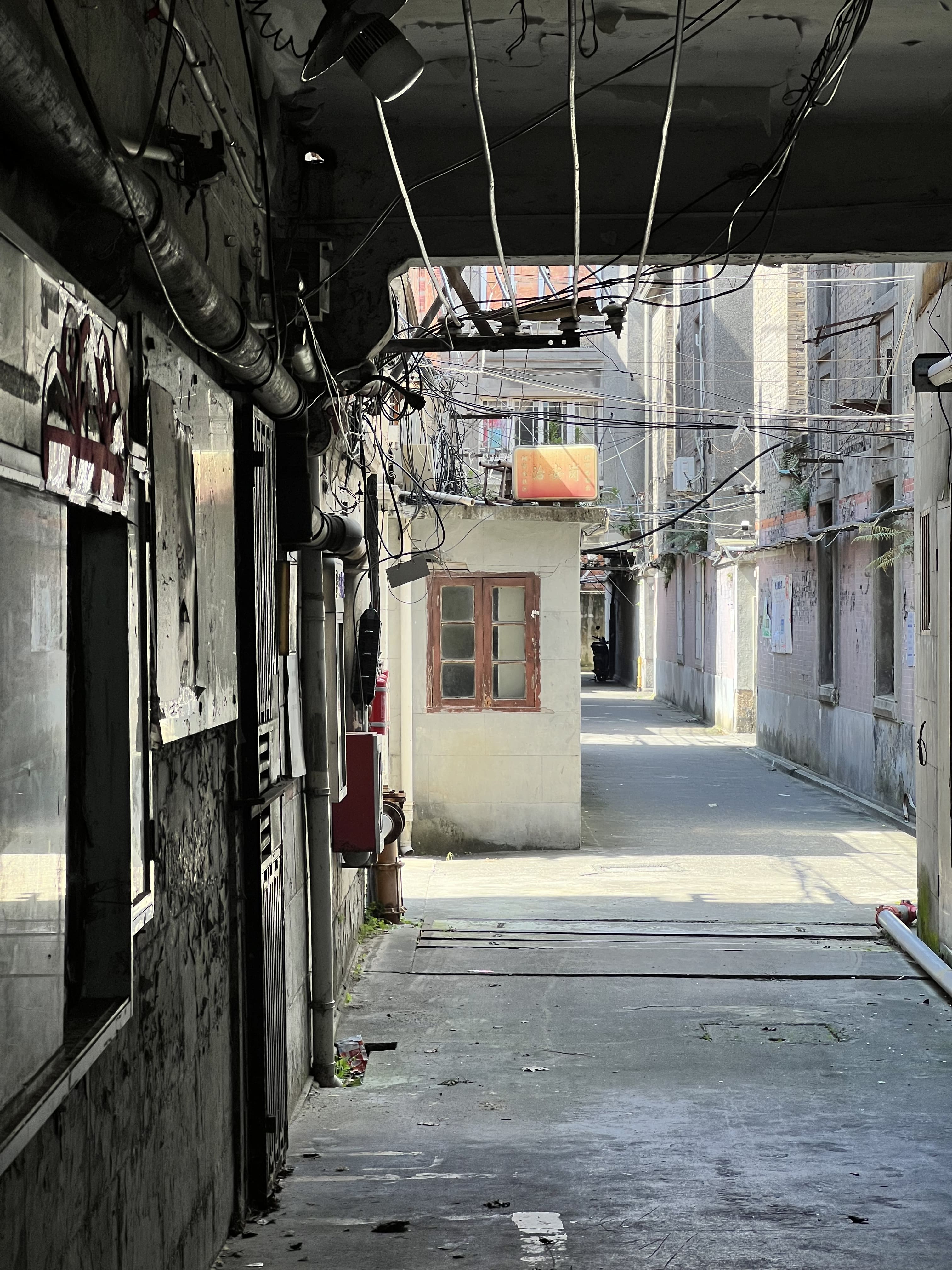
Gaofu Li south entrance, blocked by iron gates.
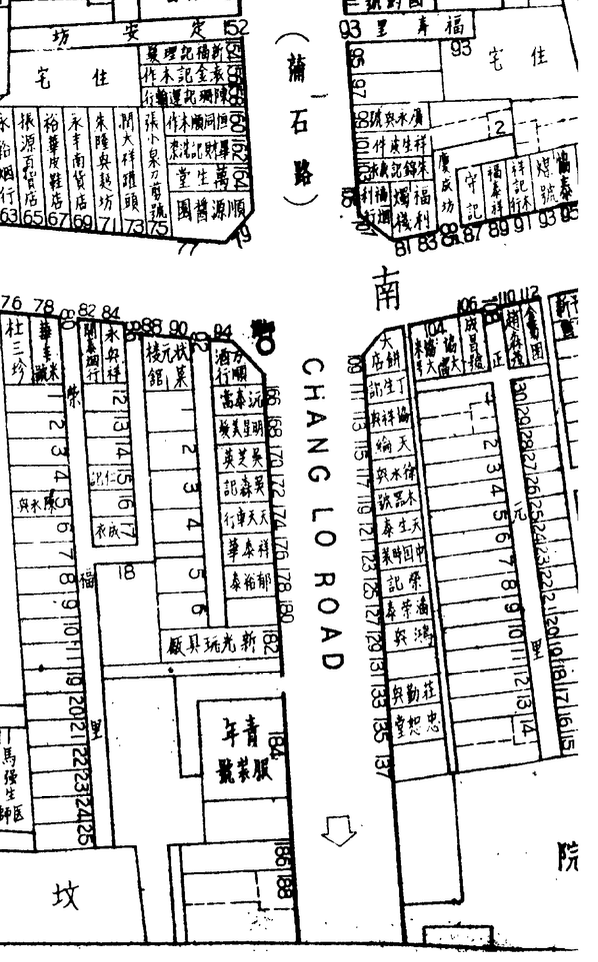
P314, Shanghai Street Directory, 1947, The Free Trading Co. Ltd.
Place 3. Zhengyuan Li
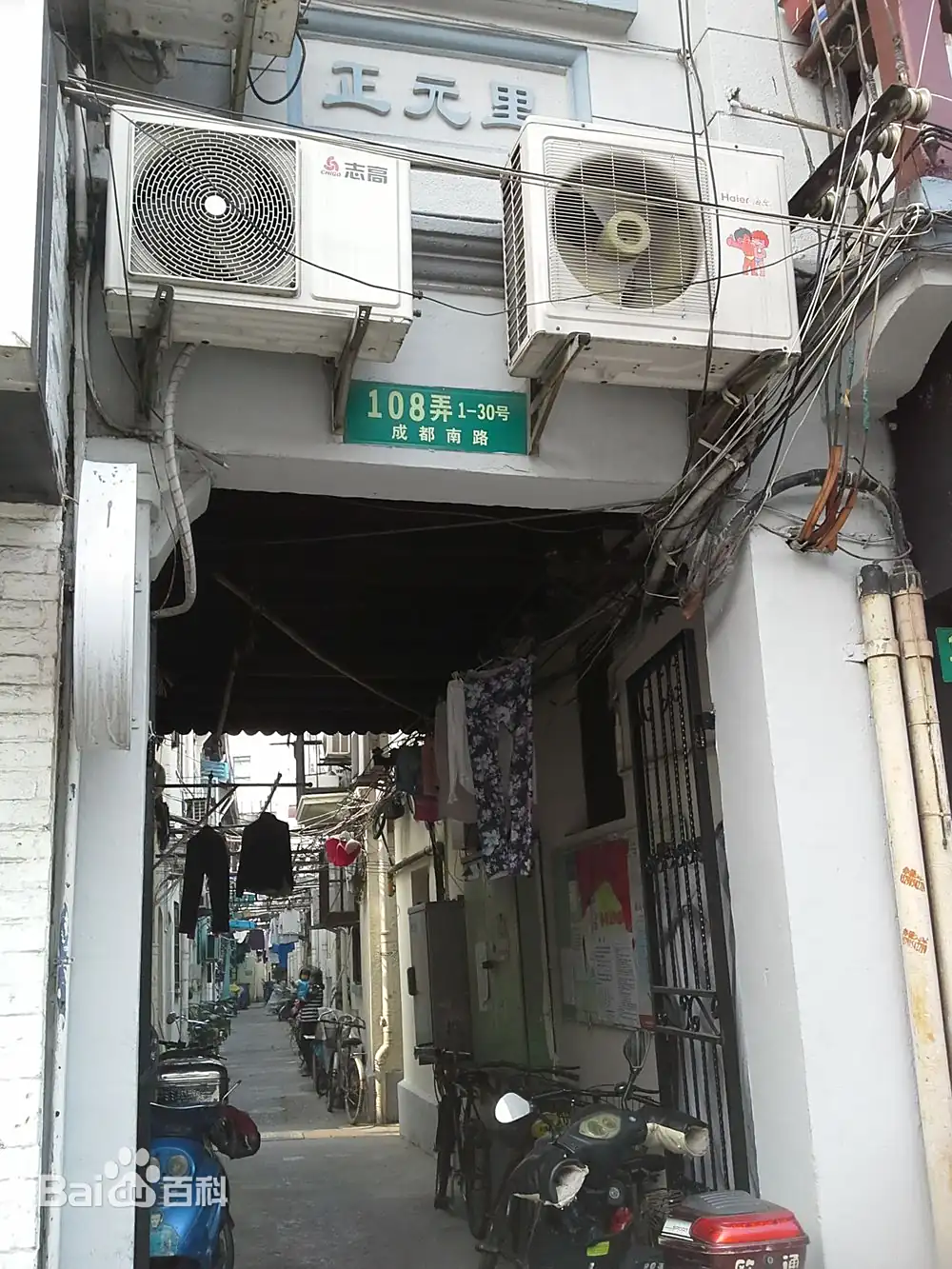
Zhengyuan Li main entrance, on Lane 108, Chengdu Road (Southern)
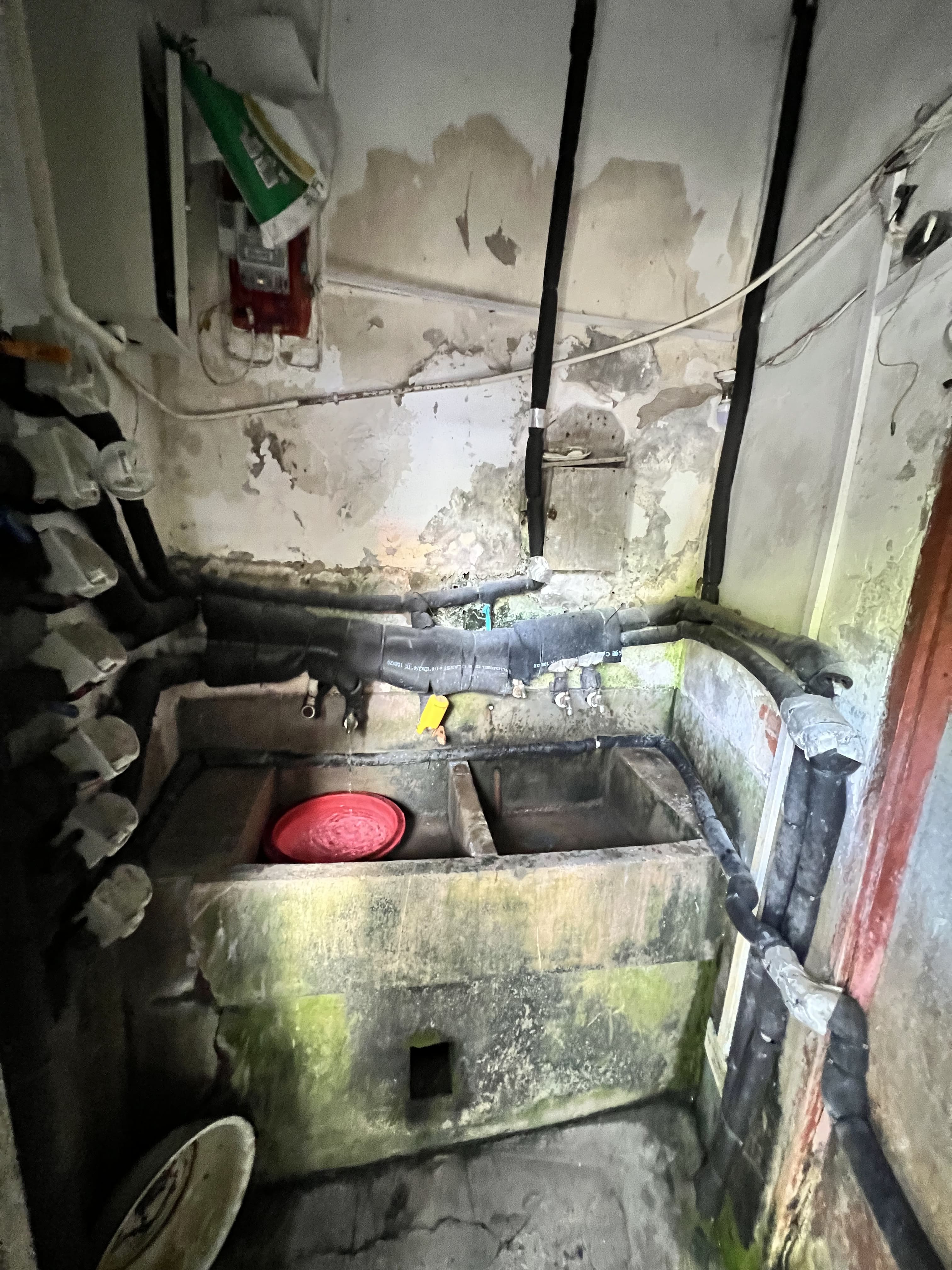
communal water room
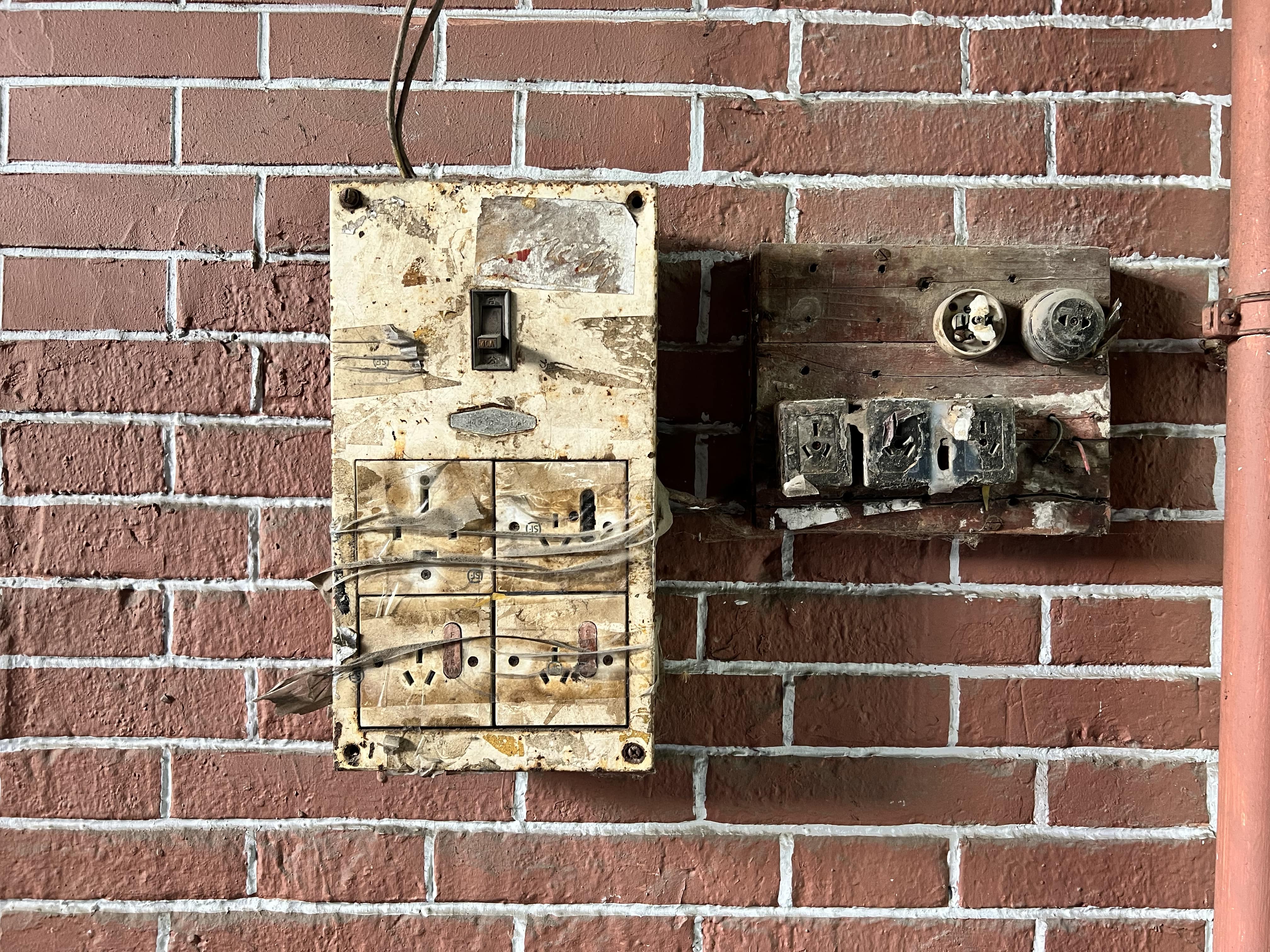
Old style electric plugs
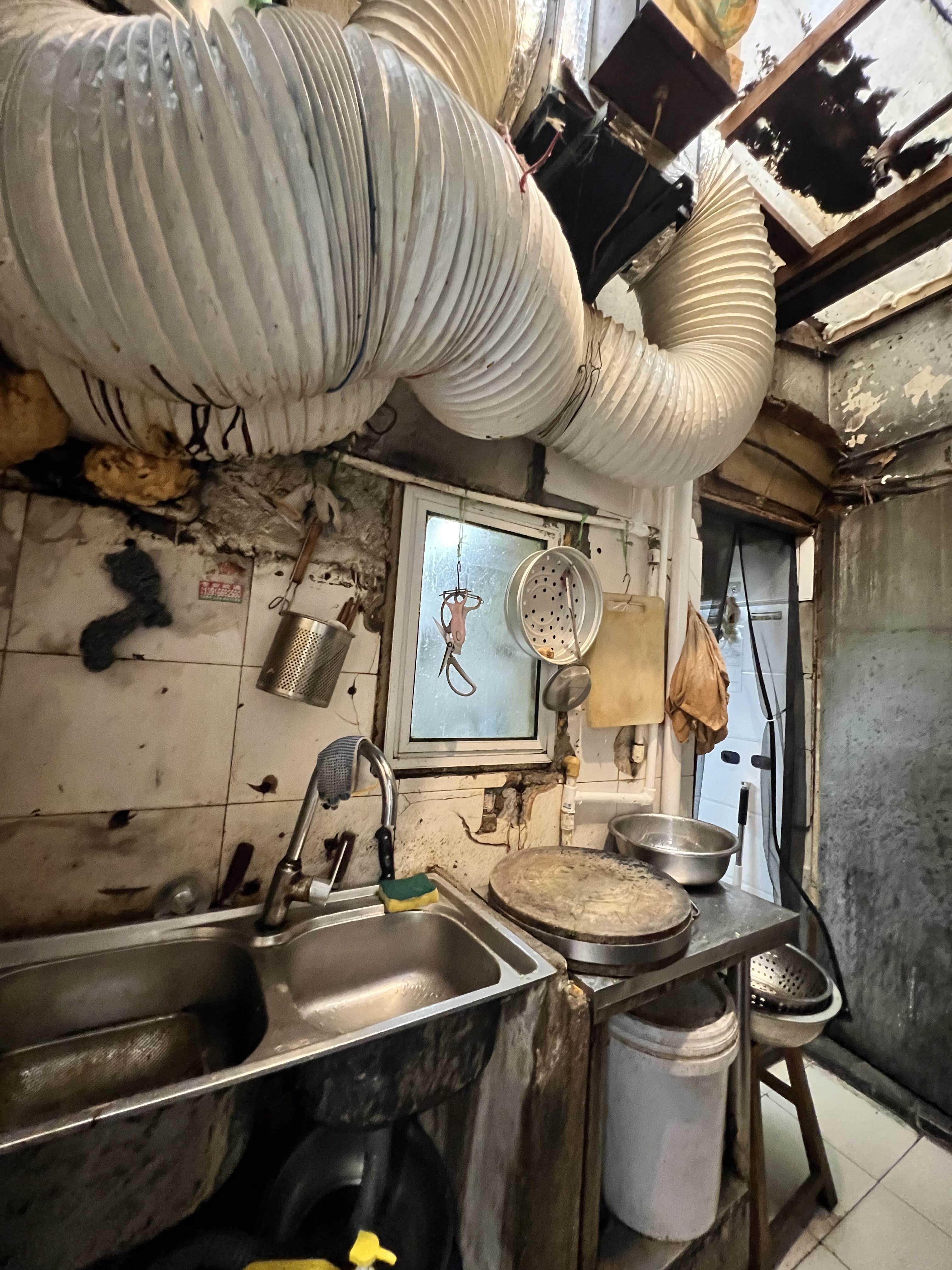
Place 4. Taicang Fang
Currently no picture.
Place 5. The Former Residence of the President of Bank of Communications
Located in Taicang Fang, the Former Residence of the President of Bank of Communications stands out distinctly in the scanned point cloud of the area. Its most notable feature is the unusually wide staircase, almost accommodating four people abreast, crafted entirely from wood with intricate carvings. This initially led me to speculate that it belonged to a prominent family. The house comprises three floors; the first floor features a large atrium and an expansive reception hall, where, according to the residents, the president once hosted guests for dances. The second floor consists of living quarters, although the remnants of the current layout make it challenging to identify the master bedroom. Additionally, there is a small aerial garden. I later encountered a resident who confirmed that this was indeed the former home of the president of the Bank of Communications before the establishment of the People's Republic of China. During the Cultural Revolution, the house was subdivided into numerous small rooms, with each door visible in the scan representing a household. The original reception hall was transformed into a kitchen area, and the atrium became a space for storing miscellaneous items, housing one or two families as well. An elderly woman recounted that during the Cultural Revolution, people occasionally jumped from the roof of the house, possibly unable to bear the pressure of persecution.
Shops in the Alleyways
Although today you can hardly find anything other than residences when you walk into an alleyway, it was quite common to see small vendors and shops in the past century and even in the early 21st century. Tobacco and paper shops(烟纸店), as well as soy sauce vendors, were typically run by people living in the alleys. In larger alleyways, shops were usually located inside the alleys, but the most common spots for these shops were at the alley entrances.
The Current Status of these Alleyways
In general, as mentioned in the first paragraph, most of the buildings in the Alleyways were bound to be demolished. Those still living inside were mainly two groups of people: old people and the floating population. The former one is easily understandable, since they have beening living in these little rooms for most of their lives. They are used to the communal life and the neighborhood. The occurence of the latter group is due to relative cheap housing. The original owners have already moved out of the place. They would lease the rooms out to the underclass for a relatively cheap price(compared to proper apartments in the same area). This makes the status of the buildings even worse since there is no one caring the place anymore.
Disclaimer
All the information unless cited was a recite of the oral information obtained from the neighbourhoods during my scan. Accuracy of the information is not guaranteed.
Additional Links
LESSONS IN THE SHANGHAI DIALECT by Rev. F. L. HAWKS POTT, d.d. - Project Gutenburg
SHORTLINK
LICENSE
This content © 2025 by Xiaochuan Qian is licensed under Creative Commons Attribution-NonCommercial-ShareAlike 4.0 International unless stated otherwise.